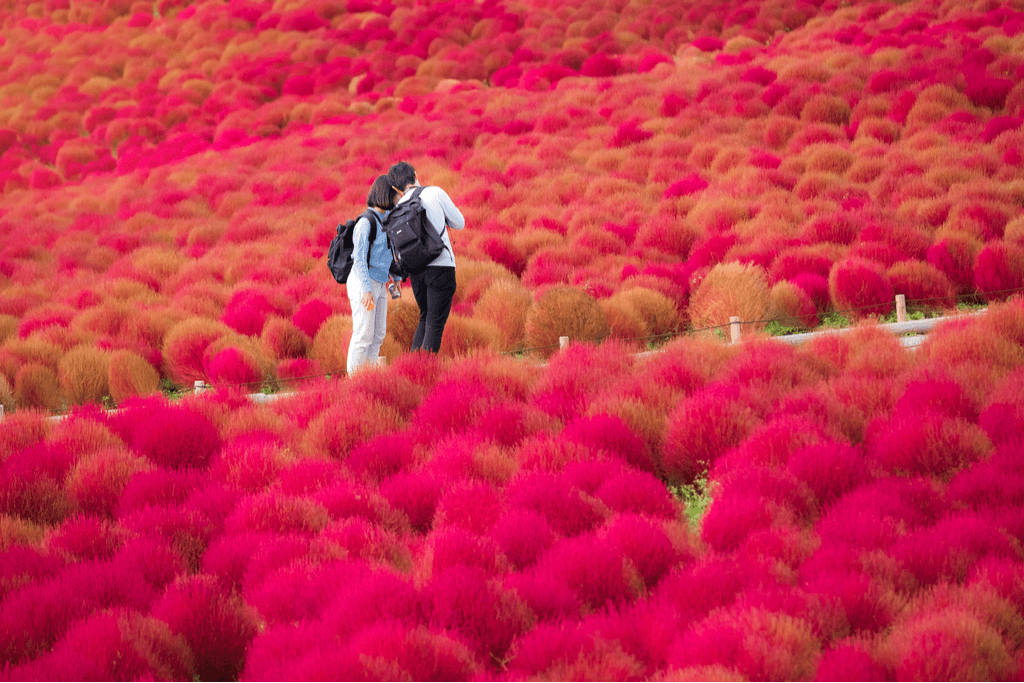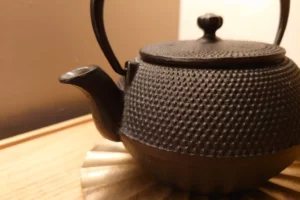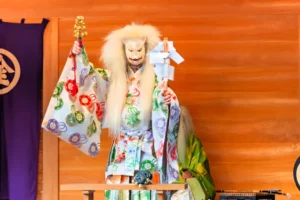Ibaraki Prefecture is the agricultural capital of Japan. With its vast swathes of farmable land, this underrated prefecture produces some of the best fruits and vegetables in the country. In addition, it boasts wonderful mountains, flower parks and a bustling capital city just a couple of hours away from Tokyo. If you ever want to take a break from the hustle and bustle of urban life and enjoy the simple pleasures of Japan, Ibaraki is the place to be.
Table of Contents
ToggleMito, Ibaraki
Mito is Ibaraki Prefecture’s capital city, and it has so much to offer both within and outside the city limits. In the city, you can enjoy amazing food such as Hitachi beef, anko (monkfish) hot pot and kaisendon (Ibaraki-style sashimi). You can also enjoy Ibaraki’s unique brand of soba as well.
There are many sights in Mito as well. The Kairakuen Garden is located in the heart of the city. Not only is it the second largest urban park in the world (after New York’s Central Park), but it was originally a private plum orchard. Another famous park nearby is the Hitachi Seaside Park, which is home to 3.5 hectares worth of flowers!
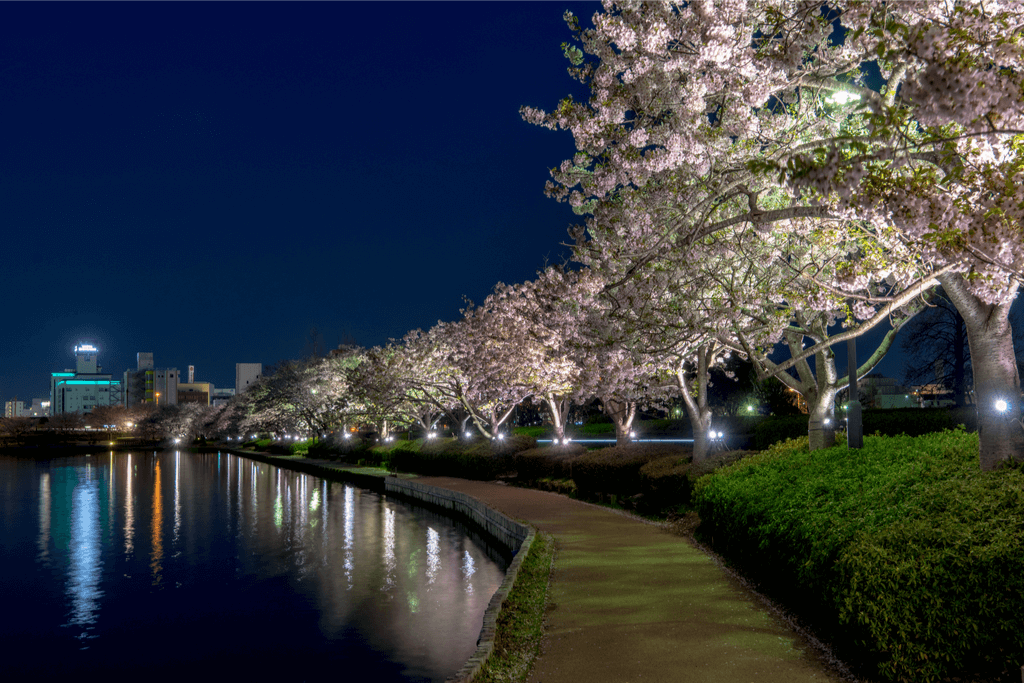
The further you go outside of Mito, the more nature you can expect to enjoy. Notable places include Fukuroda Falls and Ryujinkyo Suspension Bridge, and offer amazing views for the upcoming koyo season. Mito has a lot of amazing food and scenery to offer for both locals and tourists alike, making it a jewel in the agricultural wonder that is Ibaraki.
Mythical Mountains
Mountains in Japan are very sacred in Japan, especially in the Shinto religion. Many people climb them for reasons ranging from personal health to spiritual enlightenment. Not only are these mountains enchanting, but they are also a breathtaking hallmark of Japanese nature.
There are three mountains, known as the “Three Holy Mountains” that people revere the most. They are Mt. Fuji in Shizuoka and Yamanashi Prefectures, Mt. Tate in, and Mt Haku Gifu and Ishikawa Prefectures. Some of these mountains are dormant volcanoes as well, and are the stuff of legends.
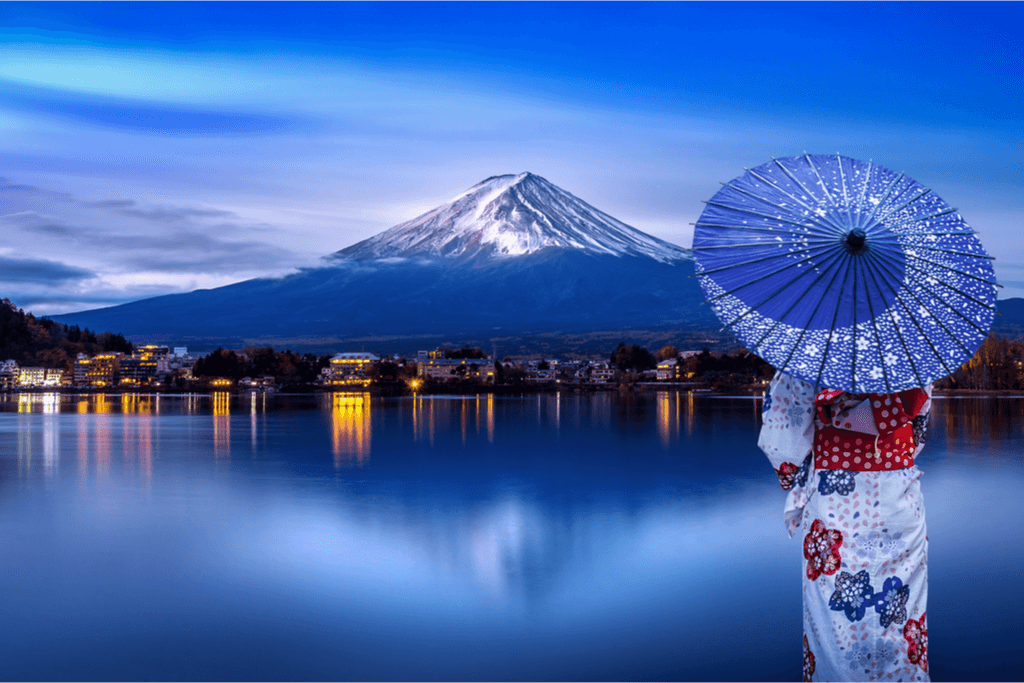
There are two additional mythical mountains in Japan. Mt. Tsukuba in Ibaraki Prefecture takes on a purple hue during sunrises and sunsets, which makes it particularly beautiful. Meanwhile Mt. Yudono in Yamagata Prefecture is so sacred that hikers can’t even take pictures of it. These mythical mountains hold many mysteries, and should be enjoyed whenever you get the chance.
Want to explore the traditional flavors of hidden gems such as Ibaraki? Try Sakuraco! Sakuraco delivers traditional Japanese snacks, teas and sweets, from local Japanese makers directly to your door, so you can experience authentic Japanese snacks at your convenience!
Hand-Rubbed Tea
Hand-rubbed tea (sometimes known as “hand-rolled”) is a fine form of sencha (whole green tea). As one can imagine, it involves processing tea by hand rather than machine. The purpose of this method is to refine and dry out the freshly picked leaves over a hoiro (heated table).
During this process, the hand-pressing is gentle, and only focuses on getting out the extra moisture. However, by the fourth or sixth rotation, the artisans knead and rub the tea very strongly. As a result, the sencha is now a pile of beautiful, delicate needles.
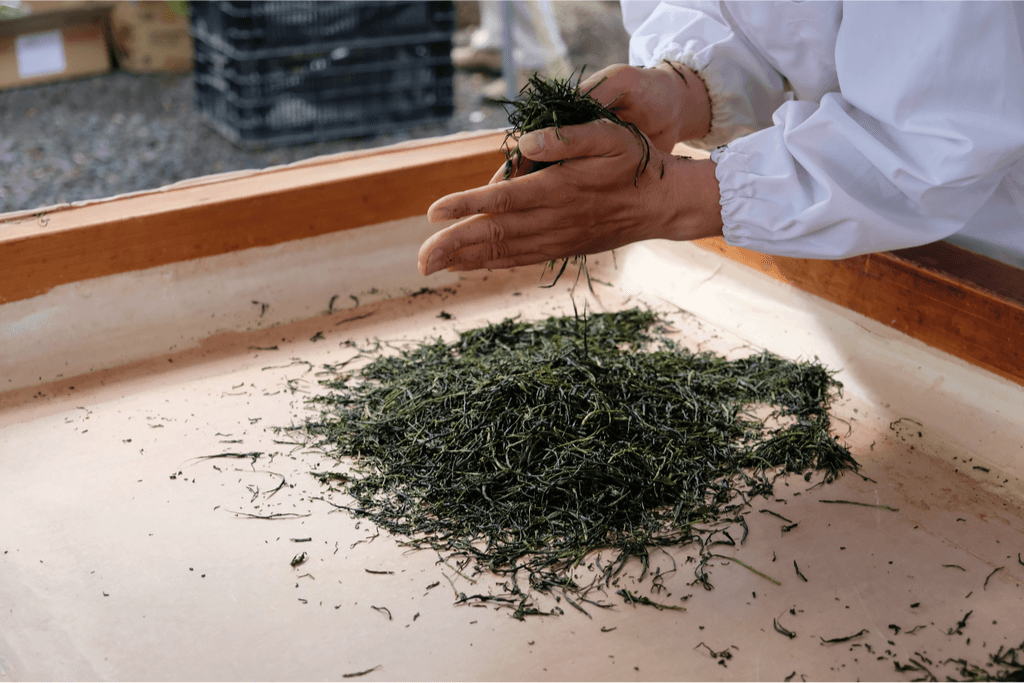
In celebration of this traditional process, there is an annual tea hand-rolling competition. Not only do the teams have to hand roll the tea on the spot, but their judges use a strict rubric to evaluate the tea. Only the most perfect tea leaves will win the competition.
Ibaraki’s hand-rubbed tea in particular is quite famous. It’s Sashima tea, and it’s the first green tea Japan exported to the United States. If you ever find yourself in Ibaraki, you should try some.
Natto
Ibaraki is also the originator of natto, which are fermented soybeans. It’s a probiotic and a staple of Japanese cuisine, with a very unique taste. Though the taste is definitely an acquired one, natto has many health benefits, and pairs well with many dishes.
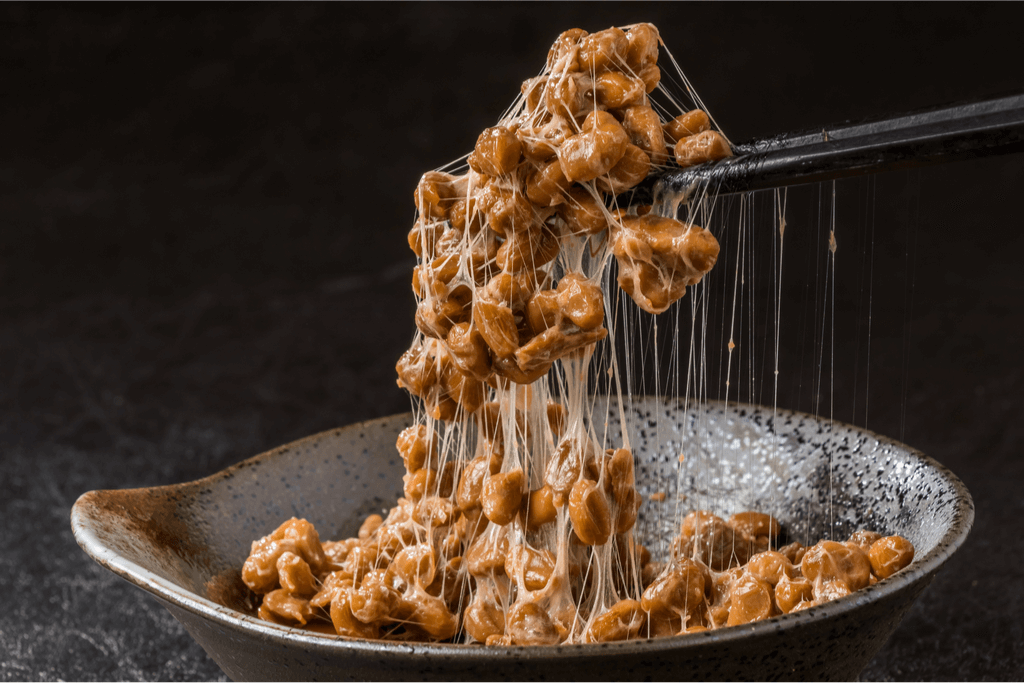
The reason why natto is so easy to produce in Ibaraki is because they have access to rather small soybeans, which are the ideal size. Common dishes that include natto are rice, dumplings, and even sushi. However, the benefits are even better.
Not only is natto rich in calcium and magnesium, but it also is good for digestion, and bone strength. It’s usually eaten raw, but sometimes it’s eaten dry as a snack. So if you really want a good taste of what Ibaraki Prefecture has to offer, natto is a good place to start.
Traditional Autumn Flavors
While the West mainly favors pumpkins during autumn, Japan has a wide variety of flavors they enjoy. The main flavors are sweet potatoes, chestnuts, matsutake mushrooms, persimmon and apples.
As with most traditional Japanese flavors, these autumn fruits and vegetables are in most foods such as rice balls, pastries, and especially Kit-Kats. Chestnuts are the most popular in autumn because they are very versatile. But they can be enjoyed on their own as well. They have a very hearty, yet sweet flavor, and people eat them either roasted or boiled.
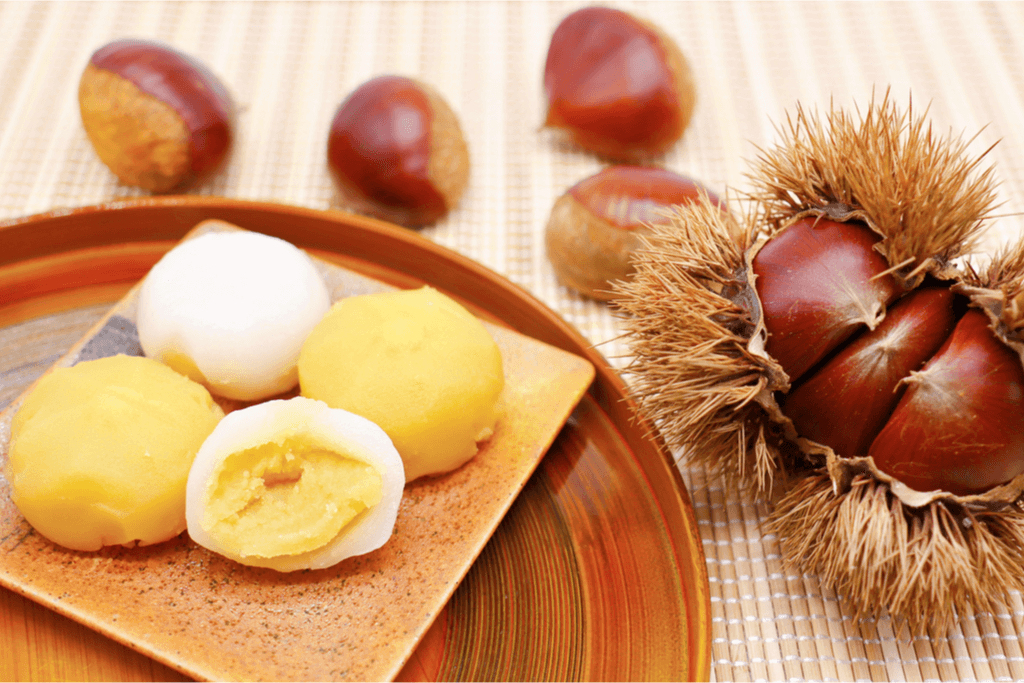
However, a standout traditional autumn flavor is matsutake mushrooms. They have an incredibly rich flavor, but they are also very rare and can only be picked in the autumn at the bottom of pine trees. It’s a great addition to soups, and is usually eaten out of a teapot.
Traditional autumn flavors in Japan are very diverse and they fit a wide variety of tastes. Ibaraki in particular is famous for their apples, so it’s highly recommended that you go apple picking while you’re there.
Summary
Overall, Ibaraki Prefecture is an underrated marvel in Japan’s Kanto region. It makes high quality agricultural products, offers great scenery, and amazing food. For those who are into the outdoors, you can head over Mt. Tsukuba and gaze at its purple greatness.
When it comes to food, Ibaraki’s produce, which includes lotus roots, simply can’t be experienced anywhere else!
Have you ever been to Ibaraki? Would you like to go? Let us know in the comments below!


